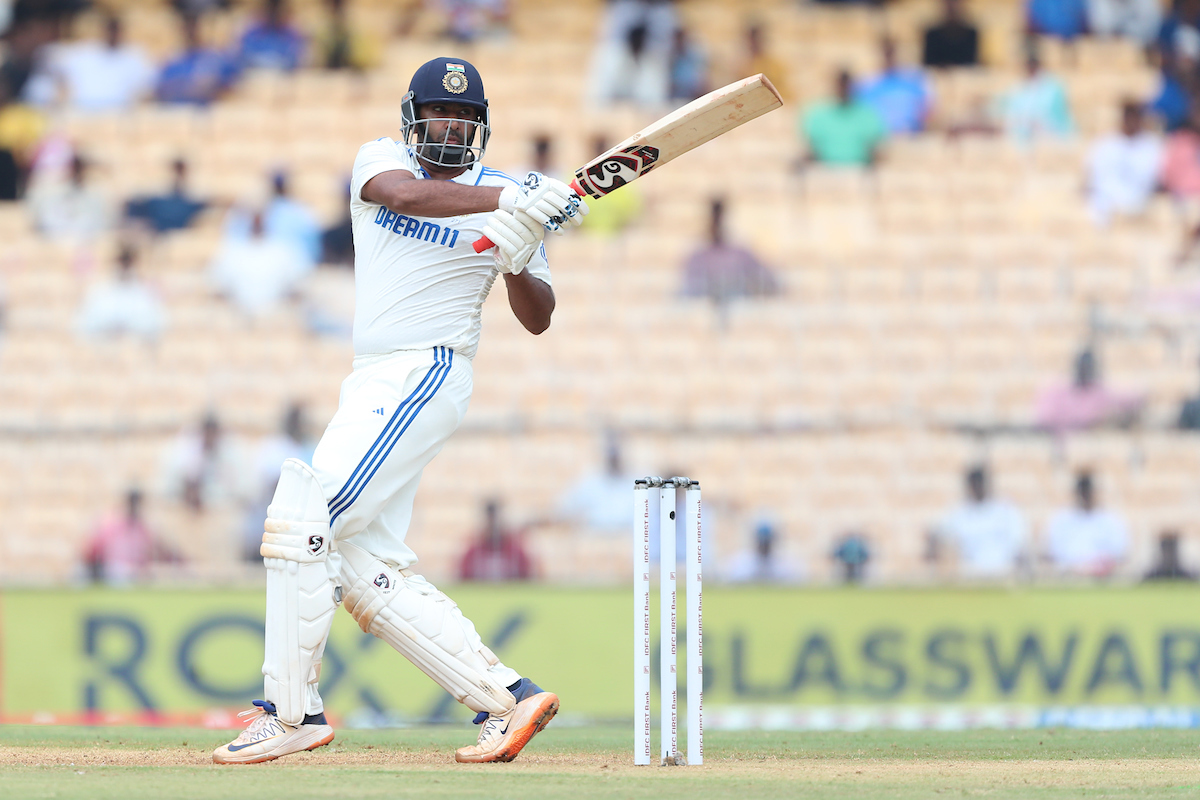Why Did India Choose a Pace-Heavy Attack in the Test Against Bangladesh?

In a bold and unexpected move, India has chosen to field three fast bowlers in their first Test against Bangladesh at the MA Chidambaram Stadium in Chennai, a decision that has surprised the cricketing community. This marks the first instance since 2019 that India has opted for a pace-heavy lineup in a home Test, indicating a strategic shift in their approach to playing conditions.
Traditionally, the Chennai pitch has favored spinners, prompting teams to bat first upon winning the toss. However, Bangladesh defied this convention by electing to bowl first, influenced by several factors including the pitch’s characteristics and the prevailing weather conditions.
The pitch, composed of red soil, displayed moisture on Day 1, providing an early advantage for fast bowlers. Overcast skies and a cool breeze in Chennai further enhanced the conditions for swing and seam bowling, making India’s decision to employ three pace bowlers—Jasprit Bumrah, Mohammed Siraj, and Akash Deep—a fitting response to the environment.
Bangladesh’s bowling strategy mirrored India’s, as they also fielded a pace-heavy attack, with Taskin Ahmed, Hasan Mahmud, and Nahid Rana aiming to exploit the favorable conditions. Despite their expertise in spin bowling, the Bangladesh team sought to capitalize on the moisture in the pitch.
Historically, this Test marks only the second time in 35 matches at Chepauk that the team winning the toss chose to bowl, the last being in 1981/82 when England capitalized on similar conditions. As the match progresses, Bangladesh’s decision appears fruitful; they dismissed Rohit Sharma early, leaving India struggling at 34-2, with Shubman Gill also falling for a duck. This early success highlights the tactical depth of Bangladesh’s bowling strategy and sets the stage for an intriguing contest.







